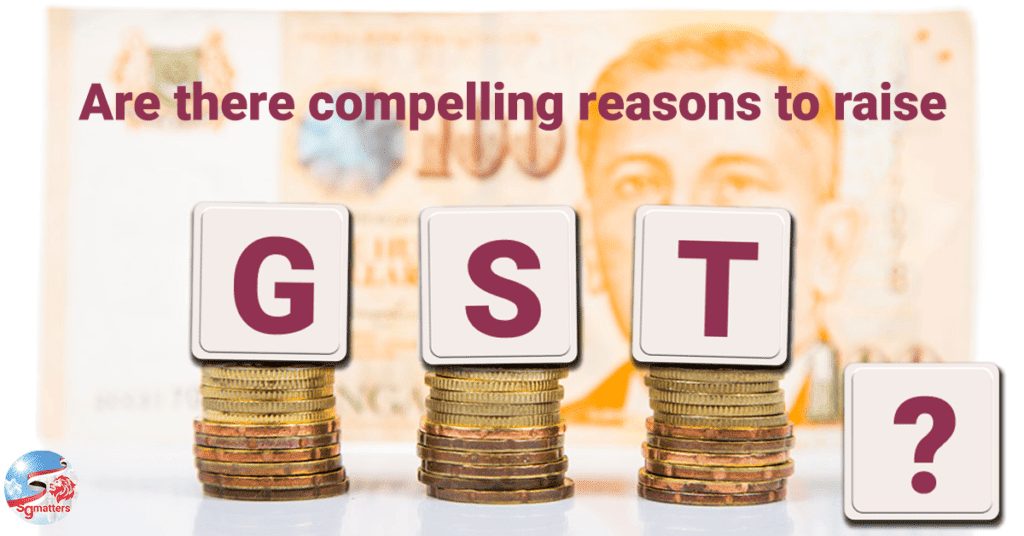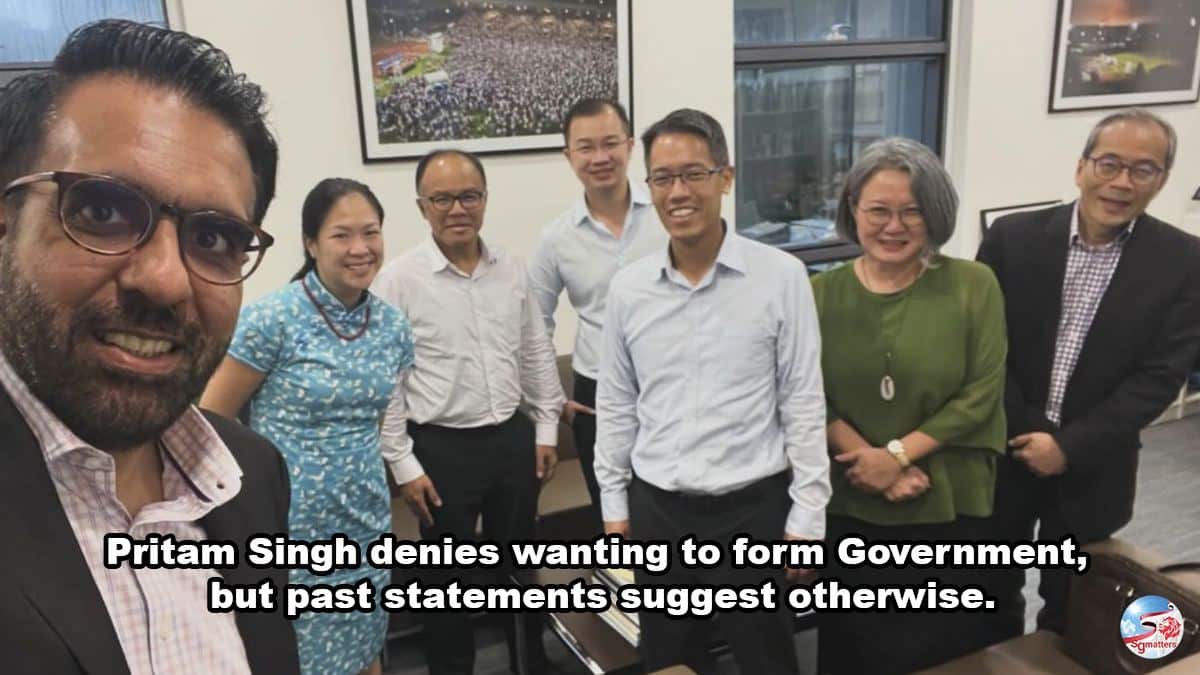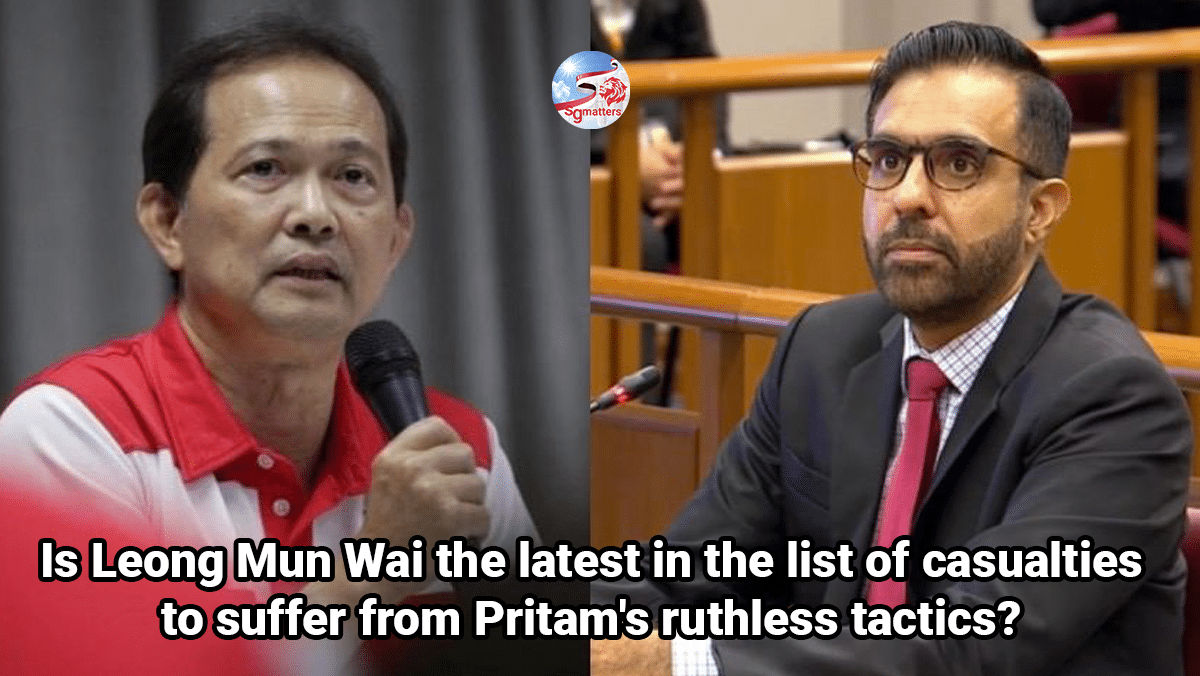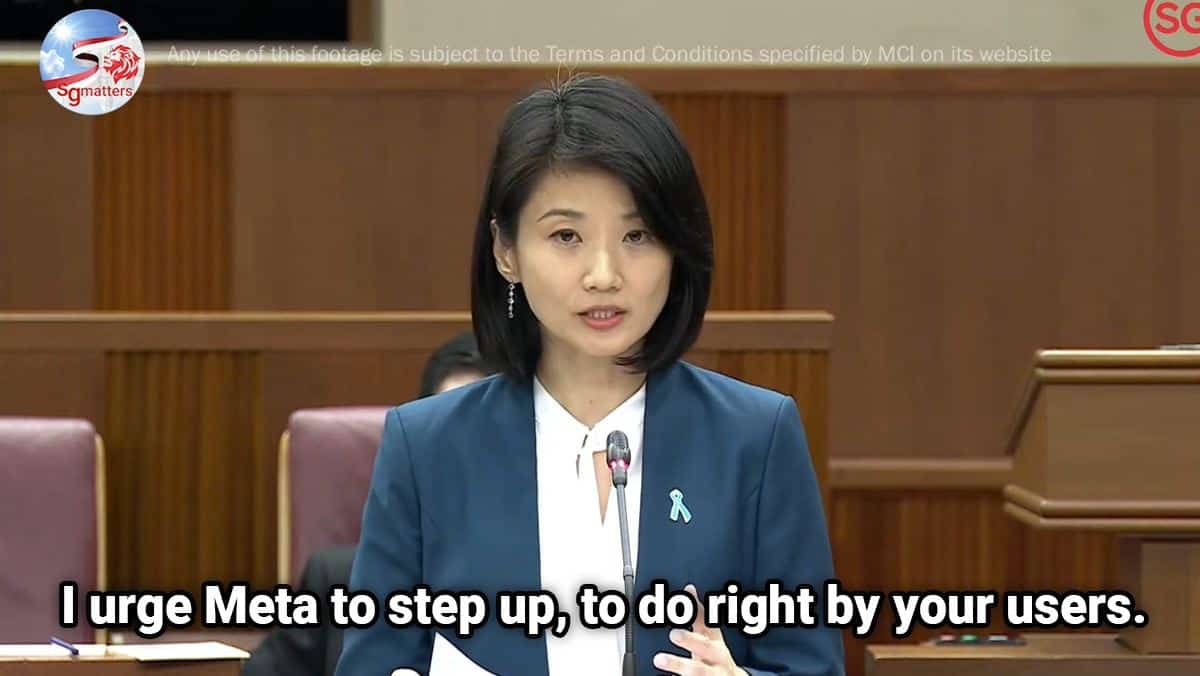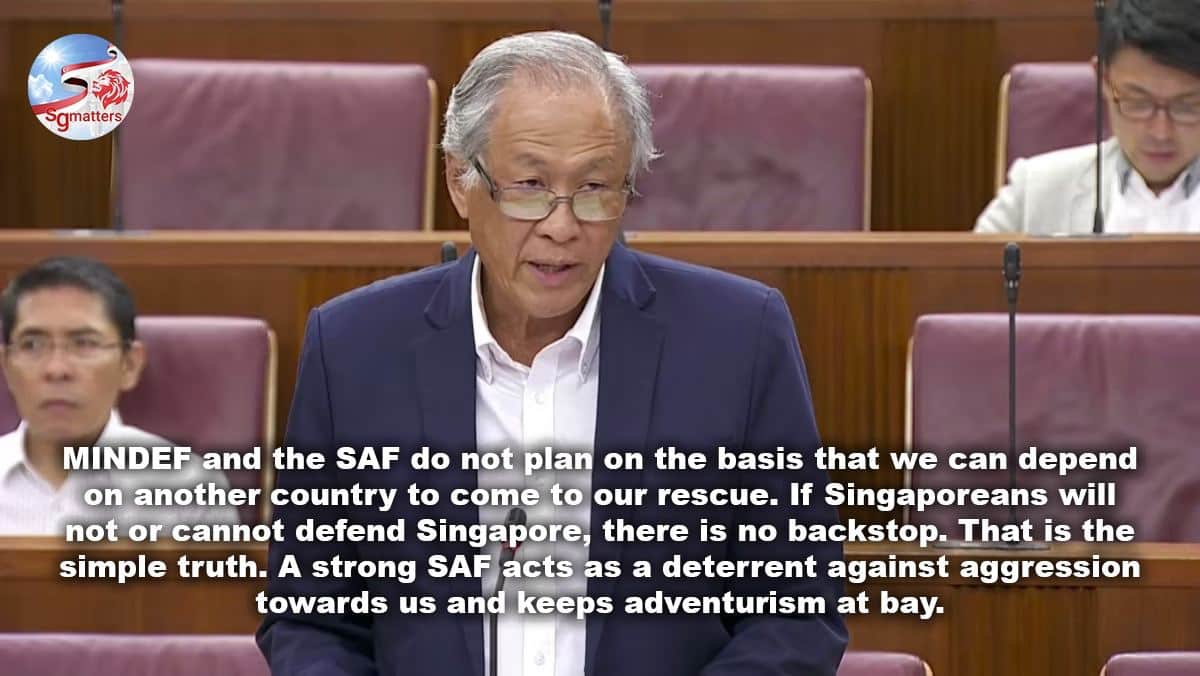Our population is ageing rapidly. By 2030, approximately 900,000 citizens or one in four citizens will be aged 65 and older. For sure, healthcare expenditure will go up.
Since the last time the GST was raised in 2007, public expenditure has gone up significantly. Between 2007 and 2019, government spending more than doubled from S$33 billion to S$75 billion a year. Over the same period, social spending has tripled from S$2.2 billion to S$11.3 billion.
Healthcare spending for a fast-ageing population
In the face of a fast-ageing population, it is no surprise that healthcare spending will continue to climb. An older person is more likely to fall sick than a young person. Statistics show that they are three to four times more likely to be admitted to hospitals compared with younger Singaporeans. Their hospital stay is also longer. In fact, twice as long. On average, a senior receives six times more in healthcare subsidies than those under 65.
Higher costs with advances in medical technology
We want the best care to give Singaporeans the best outcomes. Our healthcare efficiency is high by international standards. In fact, Bloomberg’s Health Efficiency Index placed Singapore at the top. But better care with better medical technology comes with a price and that is, higher costs. Old people may need surgery such as knee or hip replacement to give them a better quality of life.
Addressing inequality
To address inequality, Workfare Income Supplement (WIS) was enhanced in 2020. First introduced in 2007, WIS helps to raise the income of the lower income group without passing the cost to employers, while encouraging lower-wage workers to work regularly. The enhancement of the scheme in 2020 increases the annual payouts to up to $4000. The qualifying income cap is also raised from $2000 a month to $2300 a month. This means more people will qualify for the WIS and receiving higher payouts. Which also means that government expenditure in this area will go up.
Education
Ensuring that every child, regardless of their background, has a good start in life means to intervene upstream while the child is still young. The Government is increasingly intervening in the preschool sector to ensure that baseline standards of quality and affordability are met. PM Lee announced in 2019 that the government’s S$1 billion annual spending on early childhood education will more than double over the coming years.
First introduced in 2014, MOE kindergartens provide quality preschool education at affordable and highly subsidized fees for children from lower-income families. Fees are as low as just a few dollars a month. Currently there are 43 MOE kindergartens in operation with another 7 slated to open next year.
Climate change and rising sea level
In addition to the rising expenditure mentioned above, Singapore also has to meet head-on, the challenges of climate change and rising sea level.
Climate change for Singapore is an existential threat. Analysis by the Meteorological Service Singapore’s Centre for Climate Research Singapore suggests that in a worst case scenario, floods could rise by almost 4 meters, factoring in effects like storm surges — an increase that would submerge cities from New York to Shanghai and London if repeated globally.
The government is not taking this threat lightly and is preparing for the worst-case scenario with a S$100 billion coastal and flood protection plans.
NIRC (Net Investment Returns Contribution)
The NIRC framework allows the Government to spend up to 50% of the net investment returns on net assets invested by GIC, the Monetary Authority of Singapore and Temasek, and up to 50% of the net investment income derived from past reserves from the remaining assets.
Since 2016, the NIRC has been the single largest contributor to government coffers, overtaking corporate and personal income tax, and goods and services tax (GST), the three largest sources of tax revenue. The NIRC is estimated to be S$19.6 billion in Financial Year (FY) 2021, or 18% of our budget. That’s almost one-fifth of the budget. Just imagine how much more each of us would have to pay in income taxes if there isn’t any contributions from Net Investment Returns.
It is a fair division to use 50% of the NIRC for current generation of Singaporeans and to save and reinvest the other 50% for future generations.
Still not enough!
However, even with the NIRC, it’s still not enough.
In the face of different challenges all competing for finite resources, the government has to look for a stable source of revenue to fund these rising expenditures. The GST is not only a stable source of revenue, it is also one where the rich will find much harder to circumvent through tax planning, unlike a wealth tax for example.
Indeed, the top 20% of resident households, together with foreigners and tourists, contributed to 60% of net GST collected in pre-covid time. This is after factoring in GST refunds for tourists. Meanwhile, the bottom 40% of resident households here contributed to less than 10% of net GST collected.
While the tax itself may be regressive, the various measures the government has – such as the GST Voucher Scheme, WIS and Silver Support – have turned this regressive tax into a progressive one.
The GST Voucher Scheme is a permanent feature of the annual budget. When the GST hike takes place, the GST Voucher scheme will also be enhanced. Other measures like the WIS (Workfare Income Supplement) and the Silver Support Scheme for seniors with little CPF savings have been enhanced in 2020. The Silver Support Scheme provides seniors with little CPF savings with a quarterly payout of up to S$900 (or $3600) a year. Check this link for more information.
Recurrent expenditure to be paid for by recurrent revenue
The Government has maintained the principle that recurrent expenditure should be funded by recurrent revenue. This ensures that we spend in a responsible way – one that is fair for current and future generations.
Each generation will pay for their own needs with recurrent revenue and not through borrowing. As Mr Heng Swee Keat said during the 2021 Budget debate, “Borrowing is not a form of revenue. Borrowing gives us cash for liquidity planning but it does not create free monies for spending. Today’s debt is paid for by tomorrow’s growth and tomorrow’s generation.”

